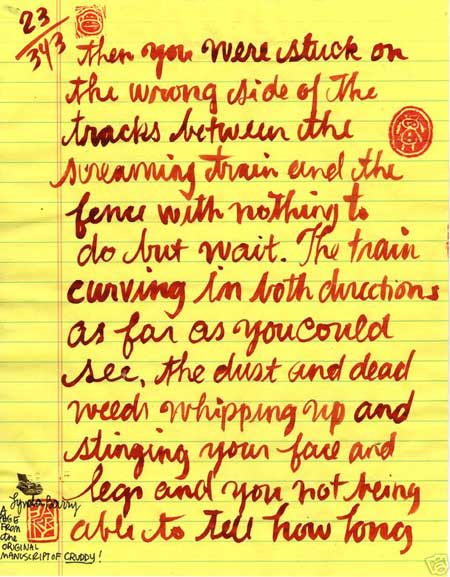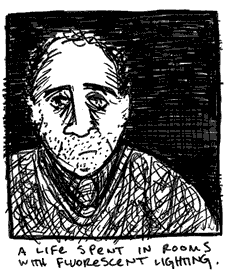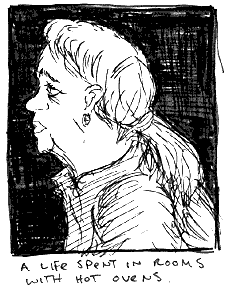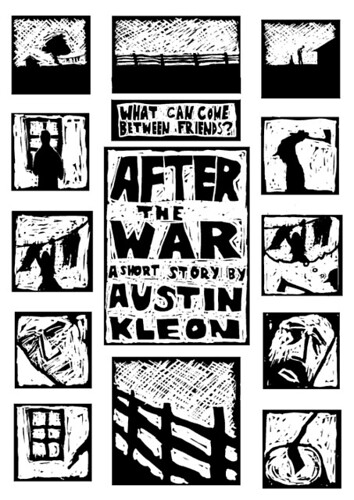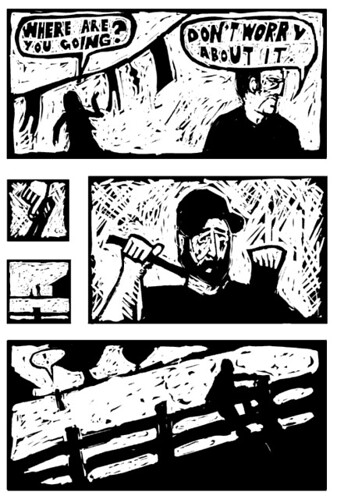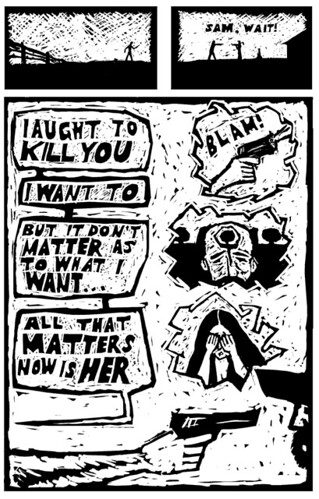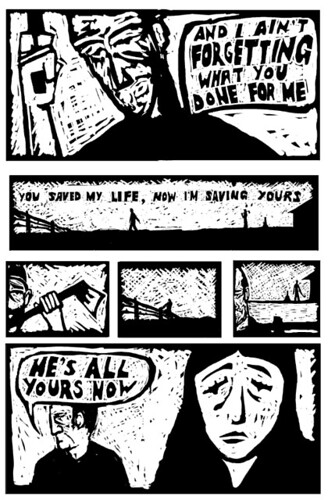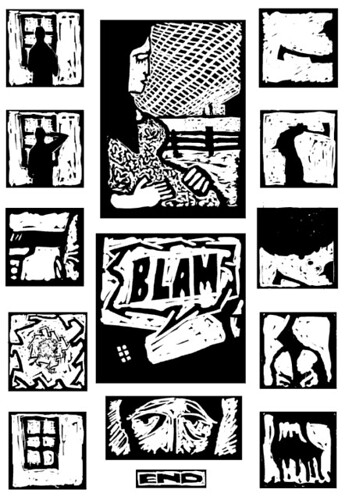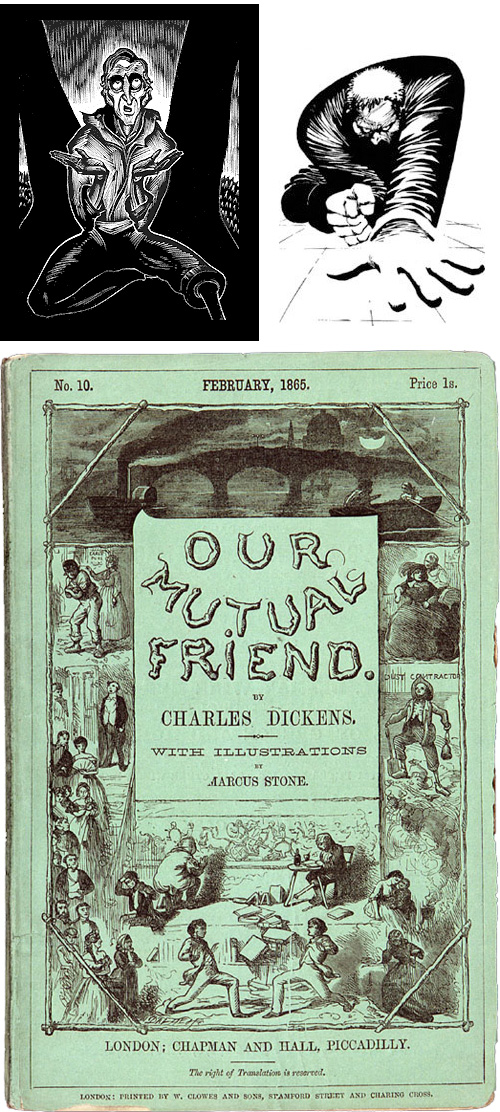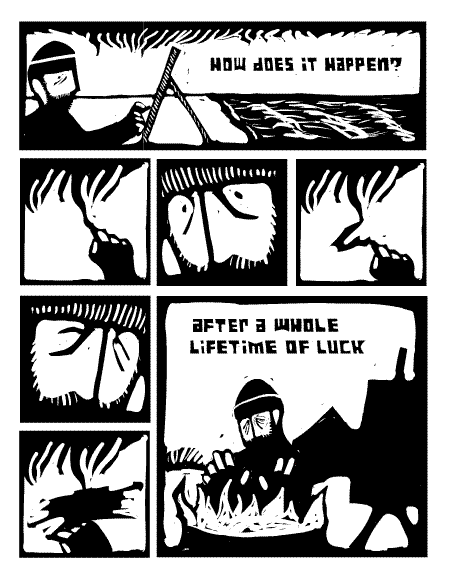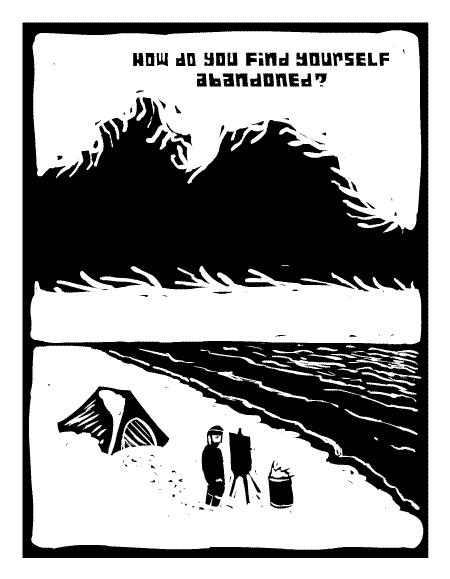
Somewhere in the past two months I’ve lost the joy of waking up in the morning, and, to paraphrase Donald Barthelme and Lynda Barry, not-knowing. Everything seems forced and planned, and spontaneity is dead, just like the work.
No more! I say. Time to get back to the good stuff. Time to play.
I pulled out my Good Books last night, my James Kochalka and my Lynda Barry, and afterwards just started doodling in my notebook, trying to get back to that state.
Then this morning, I was checking up on Lynda, and in addition to a new page from WHAT IT IS, I came across this magical artifact up for auction her ebay account:
That’s right! An original manuscript page of CRUDDY. As Lydna says, (and I know I’ve quoted this before):
I tried not to think about the book unless I was actually writing it and I tend to write in the first person, in the character of someone, and that someone was Roberta….My goal was to not think about things at all. To dream it out instead, trying very hard not to edit at all as I went. The first draft really took shape when I found that I needed to slow way down and distract myself at the same time so I used a paintbrush and Tuscan red watercolor and painted the manuscript on legal paper, trying to concentrate on the calligraphic aspect of writing rather than trying to craft beautiful sentences. I figured as long as the sentences looked beautiful, the rest would take care of itself. That draft was seven hundred pages long. I used a hairdryer when I got to the end of each page so I could stack them without smearing. I can do some pretty nice handwriting now. I tried to write it a word at a time like it was being dictated. Cruddy was the result.”
Genius. Check out her interview on Talk of the Nation.
Now back to work play!
